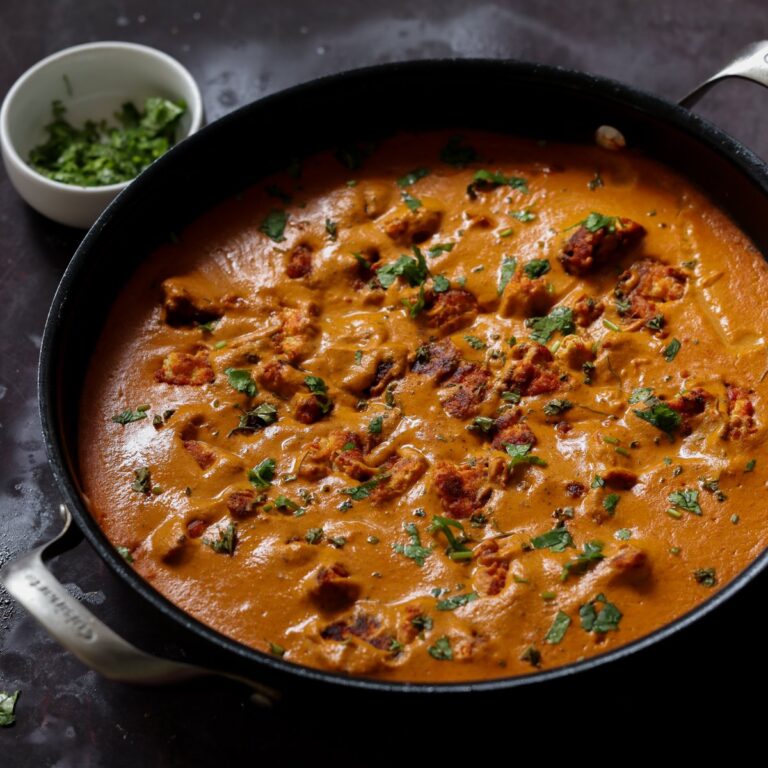Table of Contents
ToggleWhat Do Vegans Eat?
Switching to a vegan diet or simply exploring plant-based eating can feel overwhelming at first. You might wonder, “What do vegans actually eat?” The answer is surprisingly diverse, delicious, and satisfying. Here’s a comprehensive guide to help you understand the staples of a vegan diet and the wide variety of plant-based options available.
What is a Vegan Diet?
A vegan diet consists of foods that are entirely plant-based. Vegans avoid animal products, including meat, dairy, eggs, and even honey. Instead, their diet is centered around fruits, vegetables, grains, legumes, nuts, seeds, and plant-based alternatives.
Staples of a Vegan Diet
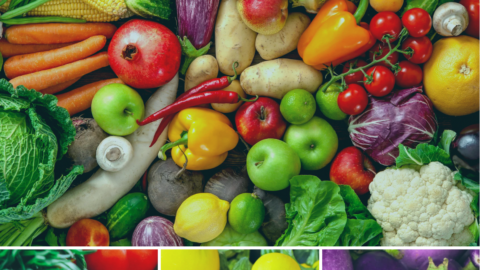
1. Fruits and Vegetables
Fruits and vegetables form the foundation of a vegan diet. They provide essential vitamins, minerals, and antioxidants. Examples include:
- Leafy greens like kale, spinach, and arugula.
- Sweet fruits such as bananas, berries, and mangoes.
- Root vegetables like carrots, beets, and potatoes.
Pro Tip: Try to eat a rainbow of fruits and veggies to ensure you’re getting a variety of nutrients.
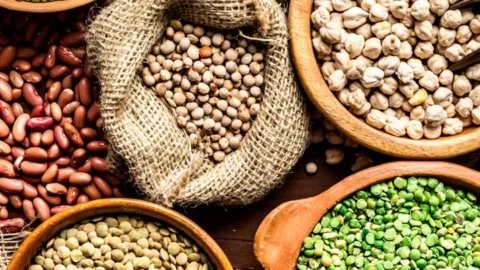
2. Legumes
Legumes are a powerhouse of protein, fiber, and other nutrients. Common legumes include:
- Lentils (red, green, and black).
- Chickpeas (great for hummus or roasting as snacks).
- Black beans, kidney beans, and pinto beans.
- Edamame (immature soybeans).
Legumes are versatile and can be used in soups, stews, salads, or as the base for veggie burgers.

3. Grains and Starches
Grains are an essential part of a vegan diet, offering energy and nutrients like iron and B vitamins. Examples include:
- Quinoa, rice, and oats.
- Whole wheat products like bread, pasta, and wraps.
- Starchy vegetables like sweet potatoes and yams.
For a gluten-free option, try millet, buckwheat, or amaranth.
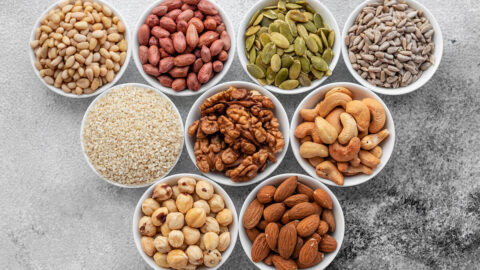
4. Nuts and Seeds
Nuts and seeds are excellent sources of healthy fats, protein, and fiber. Popular choices include:
- Almonds, cashews, and walnuts.
- Sunflower seeds, chia seeds, and flaxseeds.
- Nut butters (peanut, almond, or sunflower seed butter).
Tip: Sprinkle seeds on salads or blend them into smoothies for added nutrition.
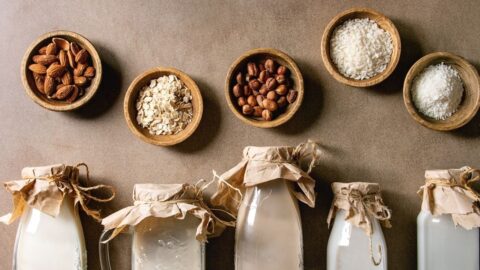
5. Dairy-Free Alternatives
Vegans enjoy plant-based versions of dairy products, such as:
- Almond, soy, oat, or coconut milk.
- Vegan cheese made from cashews or nutritional yeast.
- Plant-based yogurts and creams.
These substitutes are widely available and perfect for making creamy dishes or enjoying in coffee.
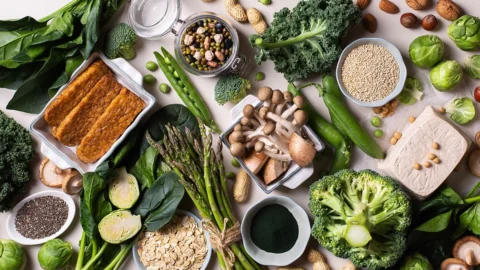
6. Plant-Based Proteins
For those concerned about protein, there are plenty of vegan-friendly options:
- Tofu: Versatile and easy to cook.
- Tempeh: A fermented soy product with a nutty flavor.
- Seitan: Made from wheat gluten and has a meaty texture.
- Jackfruit: A fruit often used as a meat substitute in savory dishes.
Snacks Vegans Love
Vegans have plenty of snack options, including:
- Fresh fruit or veggie sticks with hummus.
- Trail mix with nuts, seeds, and dried fruit.
- Popcorn with nutritional yeast for a cheesy flavor.
- Energy bars made with dates and nuts.
What Don’t Vegans Eat?
Vegans avoid any products derived from animals, such as:
- Meat and poultry.
- Fish and seafood.
- Dairy (milk, cheese, butter, cream).
- Eggs.
- Honey.
Reading food labels is important since some processed foods contain hidden animal products like gelatin or whey.
What About Eating Out?
Eating out as a vegan is easier than ever! Many restaurants offer vegan-friendly options or are willing to modify dishes to meet dietary preferences. Common vegan-friendly cuisines include:
- Asian: Vegetable sushi, tofu stir-fries, and coconut curries.
- Mediterranean: Falafel wraps, tabbouleh, and hummus platters.
- Mexican: Bean burritos, guacamole, and veggie tacos.
Why Choose a Vegan Diet?
People choose veganism for many reasons, including:
- Health benefits: Lower risk of heart disease, diabetes, and obesity.
- Environmental impact: Reducing carbon footprints and conserving resources.
- Animal welfare: Avoiding harm to animals in food production.
Getting Started with Vegan Eating
Transitioning to a vegan diet doesn’t have to happen overnight. Start small by:
- Swapping out one meal a day with a plant-based option.
- Experimenting with vegan recipes at home.
- Exploring plant-based versions of your favorite foods.
Conclusion
Vegan diets are incredibly diverse and filled with nutritious, delicious options. From hearty grains to vibrant veggies, there’s something for everyone. Whether you’re looking to go vegan or simply add more plant-based meals to your routine, the possibilities are endless.
What’s your favorite vegan food? Share your thoughts in the comments below!
Need a visual? Find us here !
Stay Connected
- Subscribe to my newsletter below for weekly updates on new recipes, guides, and more!
- Need help transitioning to a plant-based diet? Check out my guide to easing into vegetarianism.
- Follow me on social media to join our community and see what’s cooking!
Stay inspired!

